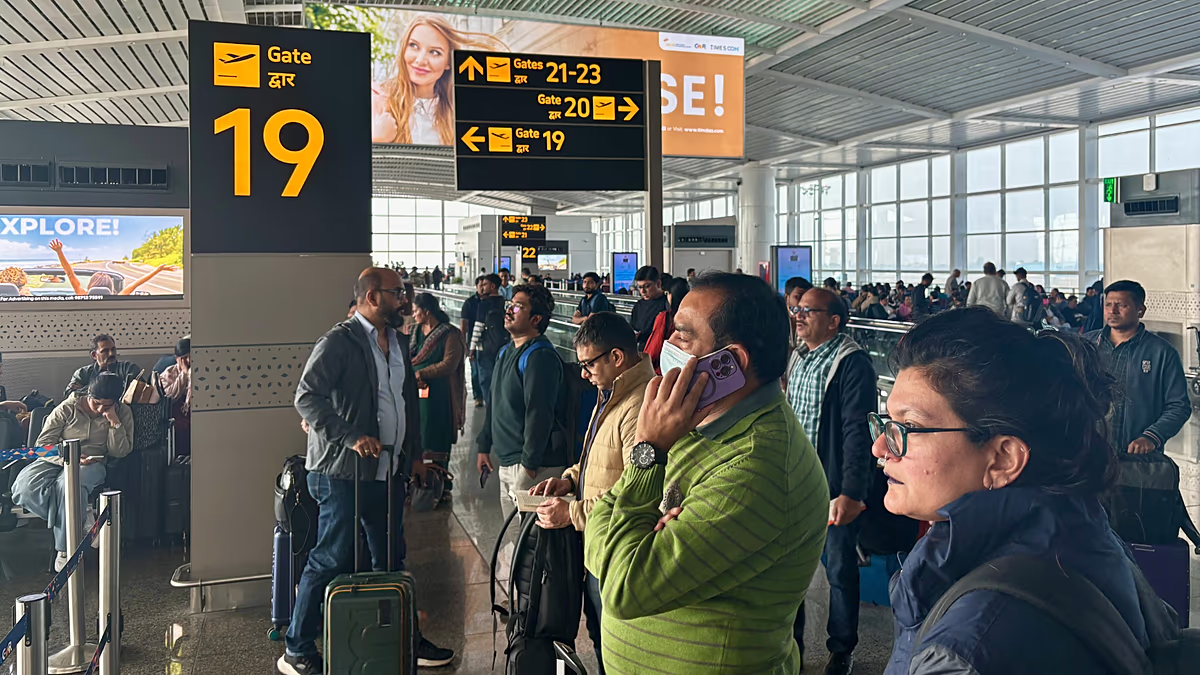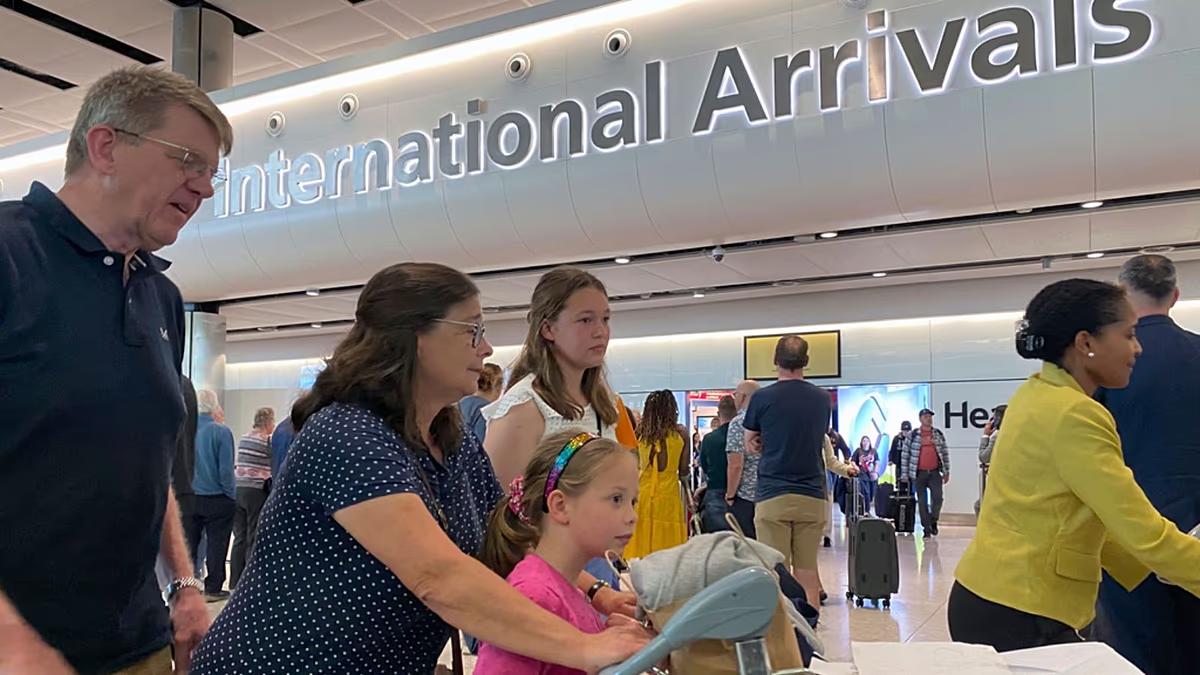Enhancing Traveler Experience Through Information Campaigns
Border crossings worldwide are implementing new information campaigns and awareness initiatives to improve the travel experience. Travelers can now expect to encounter helpful resources, educational materials, and guidance at international checkpoints designed to streamline their journey and address common concerns. These efforts represent a shift toward more traveler-friendly border management systems that prioritize both security and positive visitor experiences.
The campaigns being rolled out at border crossing points serve multiple purposes, from reducing wait times to helping travelers understand entry requirements before reaching immigration officers. Digital displays, informational kiosks, and multilingual staff are becoming increasingly common sights at international borders. These resources provide real-time updates on processing times, document requirements, and prohibited items, allowing travelers to prepare adequately and avoid common pitfalls that might otherwise delay their entry. Additionally, many borders now feature dedicated areas where travelers can review customs regulations and organize their documentation before proceeding to official checkpoints.
Beyond practical guidance, these awareness initiatives often highlight cultural considerations and local customs of the destination country. This cultural orientation component helps travelers understand expectations regarding behavior, dress codes in certain settings, and social norms they might encounter. Many border authorities have recognized that well-informed visitors tend to have more positive experiences and fewer complications during their stay. Through videos, brochures, and interactive displays, travelers receive valuable insights that extend beyond mere entry procedures, creating a more holistic approach to welcoming international visitors while respecting local traditions and practices.
Security information forms another crucial component of these border campaigns, with many focusing on helping travelers identify and avoid common scams, unauthorized transportation services, or fraudulent tourism offers. Authorities have recognized that protecting visitors begins at the point of entry, and providing this information serves both security and hospitality purposes. Some border points have implemented specialized assistance desks where travelers can verify information, report concerns, or seek guidance if they feel uncertain about arrangements waiting for them beyond the border. This proactive approach to traveler safety demonstrates a growing understanding that border security extends beyond controlling entry to include protecting those who are welcomed in.
The technological aspects of these information campaigns continue to evolve rapidly, with many border authorities developing mobile applications and online resources that travelers can access before arrival. These digital tools often include visa information, estimated waiting times, virtual tours of the entry process, and even artificial intelligence chatbots that can answer common questions in multiple languages. Some countries have begun experimenting with pre-arrival registration through these platforms, allowing travelers to submit information electronically before reaching physical borders. This digital transformation aims to create a more seamless experience while maintaining necessary security protocols, reflecting the delicate balance border authorities must strike in today’s connected world.
As international travel continues to recover and grow following global disruptions, these information campaigns and awareness initiatives represent an important evolution in how nations welcome visitors. By prioritizing education, preparation, and transparent communication, border authorities are working to transform what was once often considered a stressful component of international travel into a more manageable and even informative experience. Travelers benefit from clearer expectations and better preparation, while host countries benefit from visitors who arrive understanding local requirements and cultural contexts. This mutual understanding, beginning at the border crossing point, sets a positive tone for international exchanges that extend far beyond the initial entry process.












